COLOGNE, Germany: Dental implant surfaces are continuously being improved to achieve better and faster integration with the bone. However, a study being conducted at the University of Cologne has found that some implants’ surfaces still exhibit irregularities and contaminants, and this could have a negative influence on the clinical success of the implant.
The surface of an implant significantly determines the biological response after insertion and, therefore, has a great influence on osseointegration—the successful integration of the implant with the surrounding tissues. Different treatments of the implant material during production not only affect the surface properties of the implant, but may also leave organic or inorganic residue on its surface.
Researchers at the University of Cologne are currently analysing approximately 100 different implants regarding mechanical precision and surface quality. The study, conducted on behalf of the Quality and Research Committee of the European Association of Dental Implantologists (BDIZ EDI), regularly examines the implants available on the European market. The first study was launched in 2008 and analysed 23 sterile-packaged implants from nine countries. A second study with 57 implants followed in 2012.
Although, according to the researchers, some manufacturers have made substantial improvements since the first examination in 2008, a recent intermediate study report showed that several implants still exhibit topographical irregularities, organic contaminants and inorganic residue from the manufacturing process.
The implants were analysed under a scanning electron microscope and subjected to qualitative and quantitative elemental analyses. From these, the researchers discovered unexpected particles on some of the implants, such as chromium, copper, iron, silicon and tin, and massive organic residue, like plastic material originating from an implant’s low-density polyethylene plastic packaging.
There is insufficient knowledge about the effect of metallic particles or organic residue on sterile implants, but impurities are preventable, explained Dr Dirk Duddeck, study author and head of materials research at the Interdisciplinary Policlinic for Oral Surgery and Implantology at the university. “It is difficult to imagine that those contaminants may have a positive influence on osseointegration, especially in cases with a compromised bone situation,” Duddeck stated.
However, the majority of the analysed implants showed good results. “A very clean implant in this study was provided by Paltop. The manufacturer uses a multistage extensive cleaning process, which was adopted from the semiconductor industry. This cleaning process removes undesirable residue derived from processing, yielding a contamination-free surface,” Duddeck said. Paltop’s surface technology will be presented at the International Dental Show in Cologne at integrated dental systems’ stand (Hall 4.2, Booth N060).
The study, titled “Quantitative and qualitative element-analysis of implant-surfaces by SEM and EDX”, is currently ongoing until end of March 2015. The intermediate study report was published recently in the 1/2015 issue of the European Journal for Dental Implantologists. The journal will be available at the International Dental Show in Cologne at the booth of BDIZ EDI (Hall 11.2, Booth O059).
Dental professionals should be empowered to instruct and motivate their patients to maintain proper oral hygiene. ITOP, short for individually trained oral ...
VIENNA, Austria: The European Association for Osseointegration (EAO) has published an essential guide for practitioners in the field of implant dentistry. ...
Single-unit and short-span restorations present clinicians with an excellent opportunity to utilise digital workflows. These high-accuracy appliances ...
SEOUL, South Korea: Osstem Implant, one of the world’s leading dental implant manufacturers, has published a new consensus statement outlining prosthetic ...
Prof. João Caramês is a well-established clinician and researcher and has made significant contributions to the field of implantology, including the ...
Faced by a missing lateral incisor, practitioners often consider a wide range of issues and are also faced by numerous treatment options:
1. in a young ...
While implant dentistry has broadened the range of treatment options available for patients, CAD/CAM technology is changing the restorative quality and ...
This is a question more and more practitioners are hearing from their patients after the Implant Files, an investigation by an international consortium of ...
Upon entering your first ‘real’ dental practice either as an associate or as an owner, with the dental degree in hand and requisite experience ...
ZURICH, Switzerland: A new systematic review and meta-analysis has provided evidence confirming the efficacy of Nobel Biocare implants with the TiUnite ...
Live webinar
Mon. 12 January 2026
9:00 am EST (New York)
Prof. Judith Jones D.D.S; M.P.H., Prof. Kakuhiro Fukai D.D.S., Ph.D, Dr. Bathsheba (Bethy) Turton
Live webinar
Wed. 14 January 2026
12:00 pm EST (New York)
Dr. Théo Laplane, Dr. Robert Gottlander DDS
Live webinar
Fri. 16 January 2026
12:00 pm EST (New York)
Live webinar
Mon. 19 January 2026
1:00 pm EST (New York)
Philipp Kopp, Michael Seeber
Live webinar
Thu. 22 January 2026
2:00 pm EST (New York)
Dr. Nicola M. Grande DDS, PhD
Live webinar
Wed. 28 January 2026
8:00 am EST (New York)
Live webinar
Wed. 28 January 2026
11:00 am EST (New York)
Prof. Dr. Jan-Frederik Güth



 Austria / Österreich
Austria / Österreich
 Bosnia and Herzegovina / Босна и Херцеговина
Bosnia and Herzegovina / Босна и Херцеговина
 Bulgaria / България
Bulgaria / България
 Croatia / Hrvatska
Croatia / Hrvatska
 Czech Republic & Slovakia / Česká republika & Slovensko
Czech Republic & Slovakia / Česká republika & Slovensko
 France / France
France / France
 Germany / Deutschland
Germany / Deutschland
 Greece / ΕΛΛΑΔΑ
Greece / ΕΛΛΑΔΑ
 Hungary / Hungary
Hungary / Hungary
 Italy / Italia
Italy / Italia
 Netherlands / Nederland
Netherlands / Nederland
 Nordic / Nordic
Nordic / Nordic
 Poland / Polska
Poland / Polska
 Portugal / Portugal
Portugal / Portugal
 Romania & Moldova / România & Moldova
Romania & Moldova / România & Moldova
 Slovenia / Slovenija
Slovenia / Slovenija
 Serbia & Montenegro / Србија и Црна Гора
Serbia & Montenegro / Србија и Црна Гора
 Spain / España
Spain / España
 Switzerland / Schweiz
Switzerland / Schweiz
 Turkey / Türkiye
Turkey / Türkiye
 UK & Ireland / UK & Ireland
UK & Ireland / UK & Ireland
 Brazil / Brasil
Brazil / Brasil
 Canada / Canada
Canada / Canada
 Latin America / Latinoamérica
Latin America / Latinoamérica
 USA / USA
USA / USA
 China / 中国
China / 中国
 India / भारत गणराज्य
India / भारत गणराज्य
 Pakistan / Pākistān
Pakistan / Pākistān
 Vietnam / Việt Nam
Vietnam / Việt Nam
 ASEAN / ASEAN
ASEAN / ASEAN
 Israel / מְדִינַת יִשְׂרָאֵל
Israel / מְדִינַת יִשְׂרָאֵל
 Algeria, Morocco & Tunisia / الجزائر والمغرب وتونس
Algeria, Morocco & Tunisia / الجزائر والمغرب وتونس
 Middle East / Middle East
Middle East / Middle East

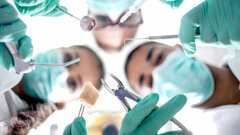


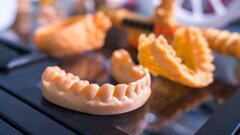



















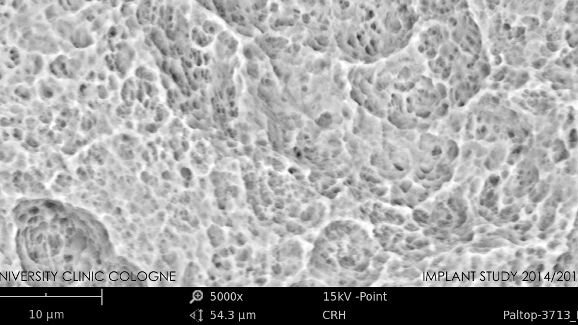

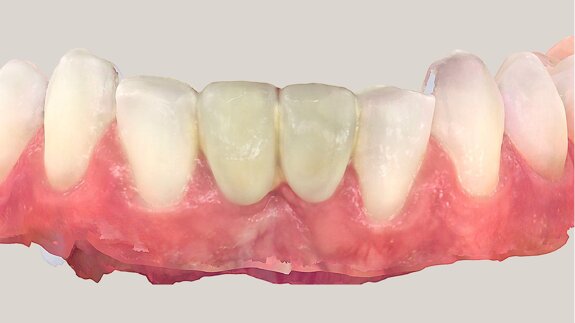


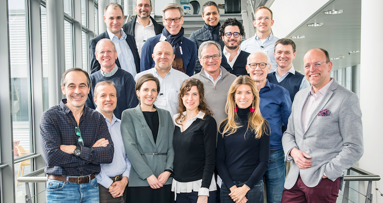
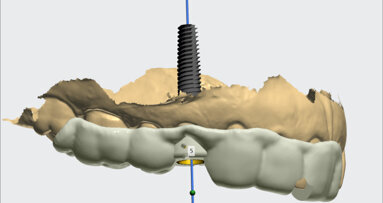
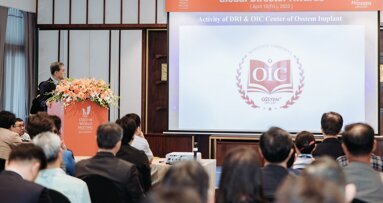

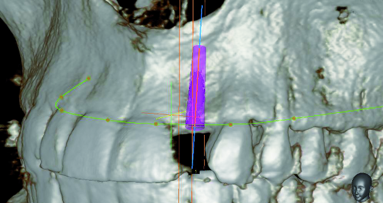

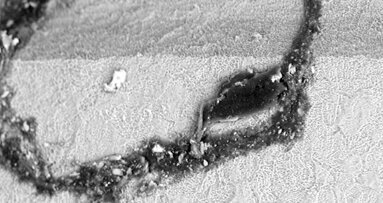

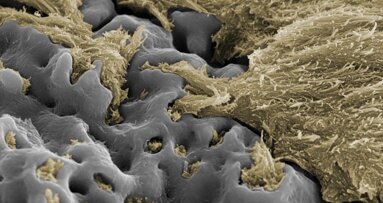










To post a reply please login or register